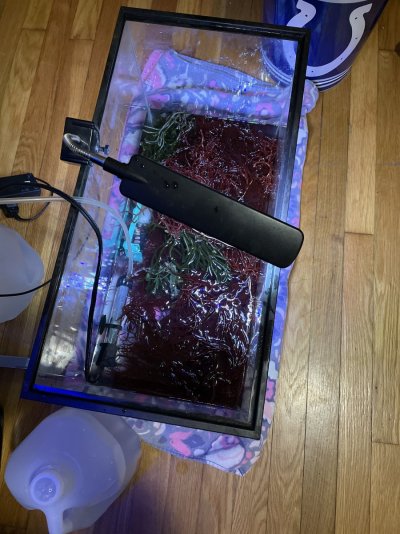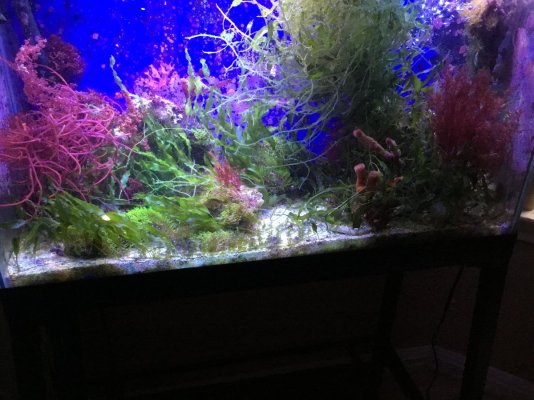- Joined
- Jun 4, 2020
- Messages
- 1,945
- Reaction score
- 1,323
My dad just got back from florida with around 5-6 lbs of Gracilia Marco algea. If I quarantine this stuff and only use a small piece is it ok to use in my reef tanks and to pass along to friends? I’ve never taken anything from the ocean before.





















